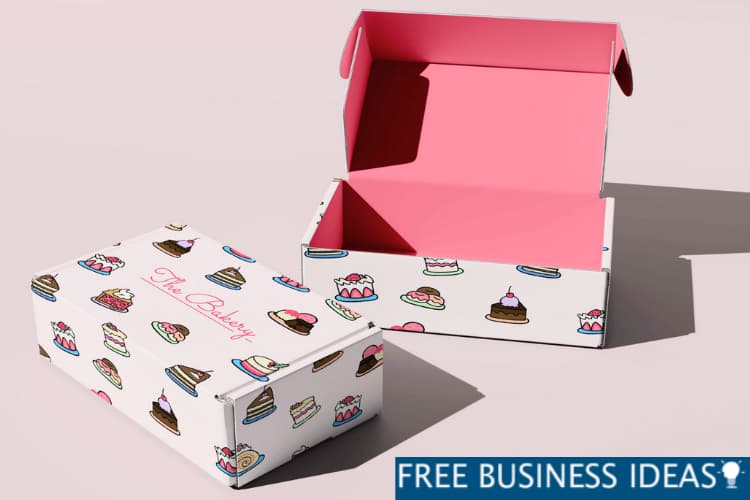You want your packaging to leave a positive impression on the buyer because the unboxing process is an essential aspect of your branding. However, some packing supplies can be pricey, and all new business owners struggle with setting aside enough money for what they need. If you’re currently trying to figure out what packing supplies you want packaged, such as custom paper boxes, keep reading. Here is how to budget effectively for product packaging!
Don’t Spend Too Much Money!
This is the first tip for managing your product packaging budget effectively. Your packaging choices and spending have to make sense for the things you’re selling and the price range at which you’re selling them.
ROI is a factor in product packaging, just as it is in industries like real estate and marketing. When comparing packaging to real estate, remember that you wouldn’t want to purchase a cheap property and then spend a lot of money making it nicer with elements that no buyer truly cares about. You wouldn’t receive a fair return on your investment.
Don’t Compromise, Too Much!
You also shouldn’t completely cut back on your packing budget because it can affect how your customers react. Giving your consumers more than they anticipate will prevent you from wasting money, while skimping will result in your clients being let down. Ultimately, everything boils down to the customer’s values and what they want to see in your package.
Knowing your consumer will help you determine the type of packaging you require and how much to spend on it. For instance, would your consumer be willing to pay more for environmentally friendly packaging from a business committed to protecting the environment? Is your buyer more of a minimalist and merely wants safe packaging, or do they anticipate an exciting unwrapping process with a ton of various components?
Think about One-Time vs. Recurring Costs
Making a distinction between one-time costs and recurrent costs when planning and designing packaging is something that individuals frequently forget to do. For instance, a custom package die or printing plate could require some upfront payments. These will initially cost you a lot of money, but if you use them frequently enough, they’ll eventually pay for themselves.
On the other side, you’ll need to budget for ongoing expenses regularly, such as the cost of packaging materials like boxes, tape, fillers, and so on. You should be good as long as you know where and when you spend your money.
Get Rid of Unnecessary Elements
Do you include thank-you notes, brochures, or other marketing materials with your customers’ orders? While these things are fantastic for your marketing department, they have a disastrous impact on your fulfillment center and packing expenses. All of this entails additional costs for adding it to each order in terms of time and material.
You can eliminate these components to reduce packing costs significantly. Instead of including an additional booklet within your product package, think about printing a thank-you letter or adding some flair with a hot-stamped design.
Automate the delivery of promotional emails to your customers after completing their orders. This lowers the price of raw materials and shortens the turnaround times.
Use Custom-Sized Packing
Finding packaging swiftly is one of the rising pains of a developing company. As a result, many companies disregard packaging and use regular-sized boxes.
Custom packaging and branding go together, whether it’s about shipping boxes shipped to retailers or packaging shipped straight to your end user. Custom-sized packaging reduces or even eliminates the need for gap fill, reducing or eliminating the time and expense involved in filling that package. Also, packaging that “hugs” your product uses less storage space and takes up the necessary space in a delivery truck.
This packaging is an excellent option for a start-up firm because it’s affordable, simple to buy, and readily available. Although it might initially be successful, this is not a long-term financially viable strategy. However, a box for your goods makes greater use of the available area.
Reduce The Amount of Void Filler
Void filler is something you’d prefer to avoid using. It’s a cost that only serves to occupy available space. However, using void filler is unavoidable if you’re sending a product that is irregularly shaped and your packaging design has already been optimized.
Utilizing an insert or fitting explicitly made for each product is the greatest way to reduce wasted space inside your box. This prevents unnecessary void fill while in transit and maintains your product firmly in place, minimizing the risk of damage. Because there’s no need for additional packaging, a tailored insert can save weight and, consequently, package costs. It reduces the possibility of damage occurring during transit and expedites the packaging procedure.
With the help of custom inserts, you can fit more products into a single box size, which reduces the number of box sizes you need to order and store.
